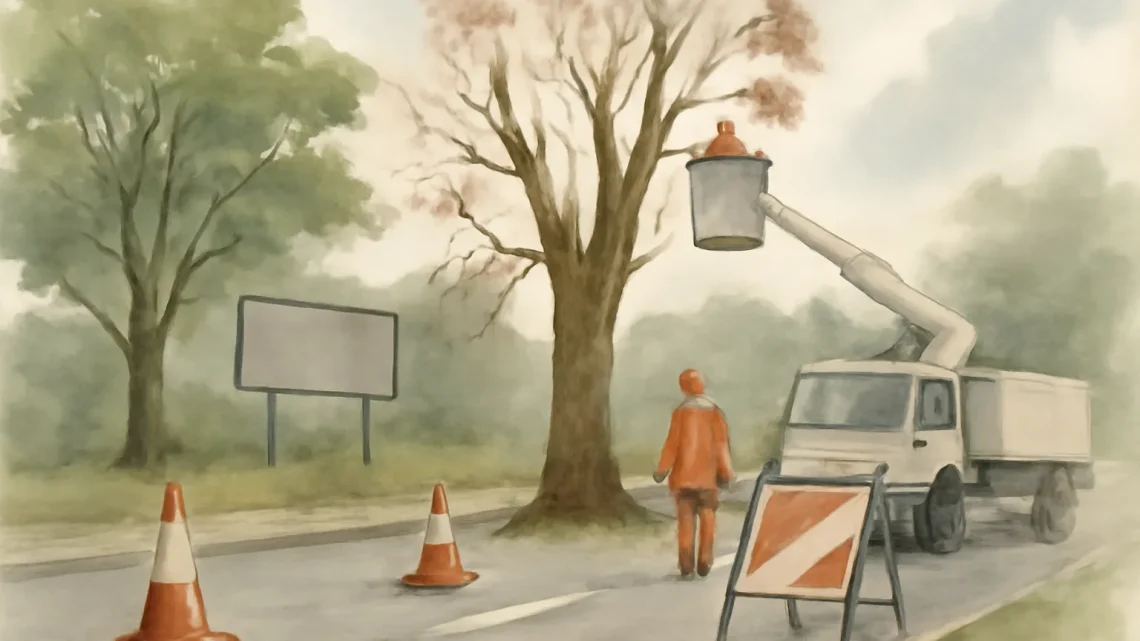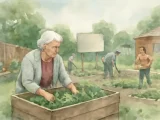
Diseased Ash Trees Identified for Removal Near Leeds Highways
October 22, 2025Leeds City Council highlights safety concerns over ash dieback disease
Thousands of ash trees affected by ash dieback disease have been identified for removal across Leeds, particularly those located near highways. This decision follows safety assessments aimed at preventing potential hazards caused by weakened and diseased trees collapsing onto roads.
Assessment and removal process
Leeds City Council has utilised artificial intelligence technology to locate ash trees along highways. Following this, council staff conducted on-site inspections to evaluate the condition of these trees. Several hundred trees have already been safely removed as part of this ongoing programme.
The council has emphasised its duty to manage trees under its control to ensure they do not pose unreasonable risks to people or property. Private landowners are also reminded of their responsibilities to manage trees on their land, especially those near highways.
Interactive map and public guidance
An interactive map has been made available on the council’s website, allowing landowners and members of the public to identify ash trees near highways that may require attention. The map includes details about the condition of the trees and recommended actions.
In addition, a dedicated webpage provides general information and guidance for private landowners. This includes advice on how to identify affected trees on their property, legal responsibilities, and contact details for further support.
Impact of ash dieback disease
Ash dieback is a fungal disease that disrupts the transport of water and nutrients within the tree, causing rapid weakening. This leaves trees brittle and vulnerable to secondary infections. The disease is expected to significantly alter the UK’s landscape and biodiversity, with estimates suggesting it could kill between 80% and 90% of ash trees nationwide.
Current figures and future plans
- Approximately 1,300 privately owned ash trees in Leeds require pruning or removal.
- About 1,000 ash trees on council-owned land have been identified for removal.
- The ash tree survey is ongoing, with the interactive map regularly updated to reflect new findings.
- Leeds City Council plans to plant five replacement trees for every tree removed on council land.
Council statement
Councillor Mohammed Rafique, executive member for climate, energy, environment and green space at Leeds City Council, said:
“Ash dieback disease is unfortunately estimated to kill up to 80% to 90% of all ash trees in the UK. In Leeds, our teams have worked hard to identify thousands of trees near to highways that are currently in need of felling.
Landowners do have responsibility to manage trees on their own land. If you own land near to the highway then you should check the map to view the condition of your trees, but wherever you live it’s also important to read the guidance on the webpage if you are at all concerned about any trees you have on your property.
The council also has plans in place to remove all trees on our land considered unsafe to remain as they can pose a risk to people and property.”
Further information
For more details, visit the council’s dedicated webpage on ash dieback and view the interactive map:


